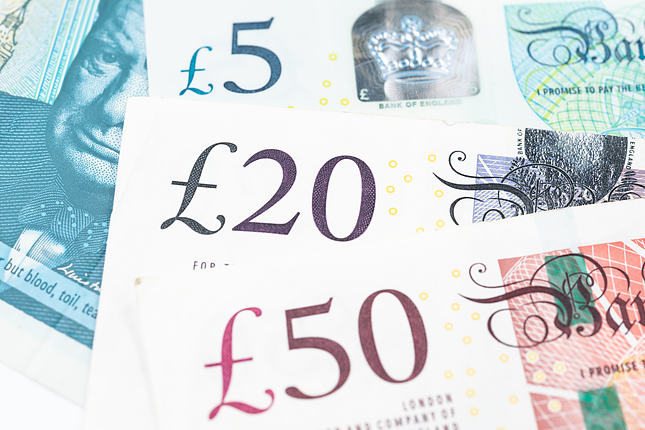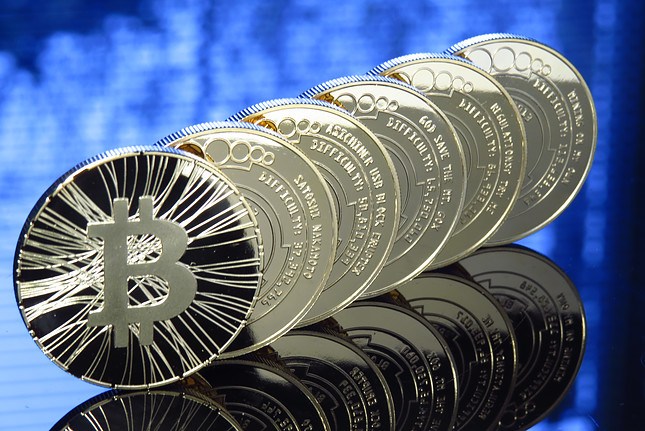We wouldn’t write off the curve flattening trend. Yes, hawkish market expectations are already high, but we fear medium-term growth expectations could deteriorate further. Risk premia could justify a steeper curve but they are already elevated. Once again, the big question is where the neutral rate is for developed economies.
Peak hawkishness? Maybe, but the curve could still flatten
Even with the Fed signalling tightening in 50bp increments and with euro markets running well ahead of the tightening signalled by the ECB, one can reasonably wonder how far front-end yields can go. For reference, the EUR curve is pricing eight 25bp hikes by end-2023. For the US, this figure rises to 11 hikes. This means that on days with large bond sell-offs, the curve tends to steepen. This has helped the USD 2s10s curve dis-invert after a sharp flattening. In EUR rates, this has allowed the EUR curve to remain relatively steep.
Hikes priced by the Estr curve are catching up fast with the US
Source: Refinitiv, ING
Long-end rates have their own anchor in neutral interest rates
Does this mean that the curve flattening trend has run out of road? We’re not so sure. Long-end rates have their own anchor in the market’s view of where neutral interest rates are in each economy. In the US, that figure stands at around 2.5%. In the eurozone, things are less certain with the last tightening cycle being 17 years old, but it is fair to say that the neutral rate estimate should stand well beneath the US’s.
We're not yet giving up on curve flattening
Source: Refinitiv, ING
Risk premia are already high and today’s data should also help flattening
Arguing that the curve must re-steepen can either be justified by a much higher view on the neutral rate, or on a view that the risk premia baked in long-end rates will continue to rise dramatically. That last argument has gained in popularity with the Fed edging closer to balance sheet reduction. One way to assess how much it could rise is by looking at the implied volatility in swaptions. There are more than one maturities to choose from but the conclusion has to be that the interest rate risk priced by markets is already exceptionally high. Nothing says that risk premia can’t be higher still, but we doubt this can be sustained over long periods of time.
Options implied volatility suggests risk premia is already high
Source: Refinitiv, ING
Today’s US CPI, if it shows another upside surprise, has the potential to put the front-end back in the driving seat, and re-flatten the curve. Not only could this push up Fed hike expectations, it would also reinforce fears of a hard landing for the US economy on the joint impact of aggressive policy tightening and fall in real incomes. In the eurozone, the Zew survey is expected to show an even sharper drop in economic sentiment. How markets reconcile this with 200bp worth of hikes in less than two years is hard to see. We think either sentiment recovers quickly, or rates will be proven wrong.
Read the original Content: Rates spark: Don’t write off the curve flattening trend
Content disclaimer: This publication has been prepared by ING solely for information purposes irrespective of a particular user's means, financial situation or investment objectives. The information does not constitute investment recommendation, and nor is it investment, legal or tax advice or an offer or solicitation to purchase or sell any financial instrument. Read more here: https://think.ing.com/content-disclaimer/
Recommended Content
Editors’ Picks

EUR/USD recovers above 1.0300, markets await comments from Fed officials
EUR/USD gains traction and trades above 1.0300 on Thursday despite mixed German Industrial Production and Eurozone Retail Sales data. Retreating US bond yields limits the USD's gains and allows the pair to hold its ground as market focus shifts to Fedspeak.

GBP/USD rebounds from multi-month lows, trades above 1.2300
GBP/USD erases a portion of its daily gains and trades above 1.2300 after setting a 14-month-low below 1.2250. The pair recovers as the UK gilt yields correct lower after surging to multi-year highs on a two-day gilt selloff. Markets keep a close eye on comments from central bank officials.

Gold climbs to new multi-week high above $2,670
Gold extends its weekly recovery and trades at its highest level since mid-December above $2,670. The benchmark 10-year US Treasury bond yield corrects lower from the multi-month high it touched above 4.7% on Wednesday, helping XAU/USD stretch higher.

Bitcoin falls below $94,000 as over $568 million outflows from ETFs
Bitcoin continues to edge down, trading below the $94,000 level on Thursday after falling more than 5% this week. Bitcoin US spot Exchange Traded Funds recorded an outflow of over $568 million on Wednesday, showing signs of decreasing demand.

How to trade NFP, one of the most volatile events Premium
NFP is the acronym for Nonfarm Payrolls, arguably the most important economic data release in the world. The indicator, which provides a comprehensive snapshot of the health of the US labor market, is typically published on the first Friday of each month.

Best Forex Brokers with Low Spreads
VERIFIED Low spreads are crucial for reducing trading costs. Explore top Forex brokers offering competitive spreads and high leverage. Compare options for EUR/USD, GBP/USD, USD/JPY, and Gold.